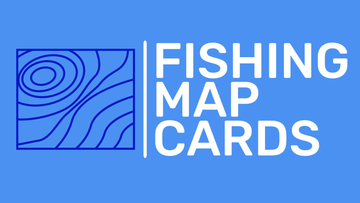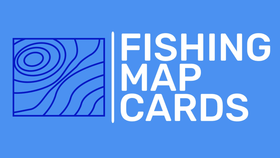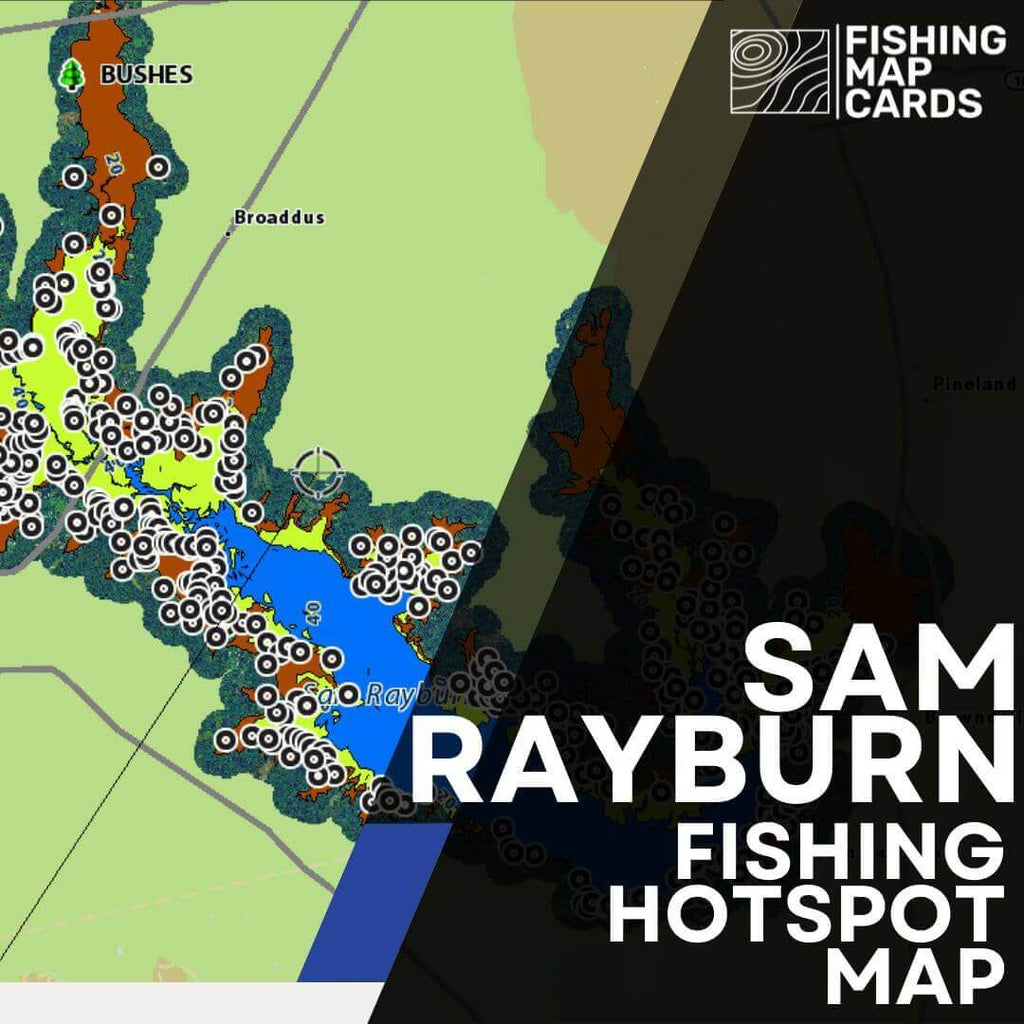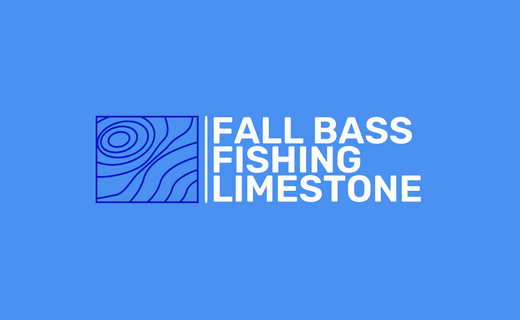Tips for Catching Big Bass - Sam Rayburn Sealy Tournament
Mastering the Sealy Big Bass Tournament: Tips for Catching Trophy Fish on Sam Rayburn Reservoir
The Sealy Big Bass Tournament is here, and anglers from all over are converging on Sam Rayburn Reservoir, one of the premier bass fishing destinations in the country. With its sprawling waters, diverse habitats, and reputation for producing trophy bass, Sam Rayburn offers a thrilling challenge for both seasoned competitors and first-time participants. But how can you maximize your chances of landing that prize-winning lunker?
Here’s a breakdown of strategies to help you make the most of your time on the water.
Know the Habitat: Where the Big Bass Hide
Sam Rayburn is a massive reservoir, and knowing where to start is half the battle. Bass tend to congregate in areas that offer both cover and access to food. Here are some key habitats to focus on:
- Submerged Brush Piles and Timber: Sam Rayburn is famous for its abundant underwater cover. Bass use these areas for shelter and ambush points. Focus on fishing the edges of brush piles, especially during mid-morning when bass retreat to deeper water.
- Hydrilla Beds: This aquatic vegetation is a magnet for bass, particularly in early mornings and evenings. Cast along the edges or use topwater lures to target bass feeding near the surface.
- Points and Drop-offs: Look for underwater contours where shallow flats drop into deeper water. These transitional areas are prime feeding grounds for big bass, especially during cooler parts of the day.
- Creeks and Channels: Bass often use these areas as highways to move between deeper and shallower water. Target bends in the channel or intersections where creeks meet the main reservoir.
Timing is Everything: Adjusting to the Day’s Rhythm
The time of day and weather conditions play a significant role in bass behavior.
- Morning: Bass are typically more active in the early hours. Use topwater baits like poppers or buzzbaits around hydrilla or along shallow flats.
- Midday: As the sun rises, bass often retreat to deeper, shaded areas. Switch to deeper-diving crankbaits or soft plastics rigged for deeper water near brush piles or points.
- Evening: When the sun dips, bass become more active again. Use spinnerbaits or swimbaits to target fish moving back into shallow feeding zones.
Cloudy or overcast days can extend shallow water activity, while bright, sunny conditions often push bass to deeper cover.
Match the Hatch: Choose the Right Lures
Bass can be selective about what they strike, so matching your lure to the conditions and forage is critical.
- Crankbaits: Use shad or crawfish-colored crankbaits near rocky areas and drop-offs.
- Soft Plastics: Worms and creature baits in green pumpkin or watermelon colors are highly effective, especially when rigged Texas or Carolina style.
- Topwater Lures: Frogs or walking baits are great for early morning or evening near vegetation.
- Jigs: A classic choice for targeting big bass around submerged timber or in deeper water.
Stay Flexible: Adapt to Changing Conditions
Bass fishing requires constant adjustment. If your current approach isn’t working, be prepared to pivot:
- Change Depths: If shallow areas aren’t producing, move to deeper water and vice versa.
- Experiment with Speed: Vary your retrieval speed to find what triggers bites. Sometimes slow and steady works best; other times, a fast, erratic retrieve draws strikes.
- Switch Lures: If bass aren’t biting one type of bait, try something with a different profile, color, or action.
Tournament Tips: Strategy for Success
- Scout Early: If possible, spend time pre-fishing the reservoir to identify productive areas and patterns.
- Use Electronics: A quality fishfinder can help you locate structure, baitfish schools, and bass holding in deeper water.
- Stay Organized: Keep your tackle accessible and ready to go. Time spent searching for gear is time not spent fishing.
- Pace Yourself: The tournament is a marathon, not a sprint. Stay hydrated, eat throughout the day, and keep your energy up for the final hours.
Bonus Edge: The Sam Rayburn Fishing Hotspot Map
If you’re looking to save time and pinpoint productive areas quickly, the Sam Rayburn Fishing Hotspot Map is a great resource. This SD card contains hundreds of expertly curated waypoints for your fishfinder, highlighting key locations across the reservoir. It’s perfect for finding hidden brush piles, channels, and contours that can give you the edge in a crowded tournament.





